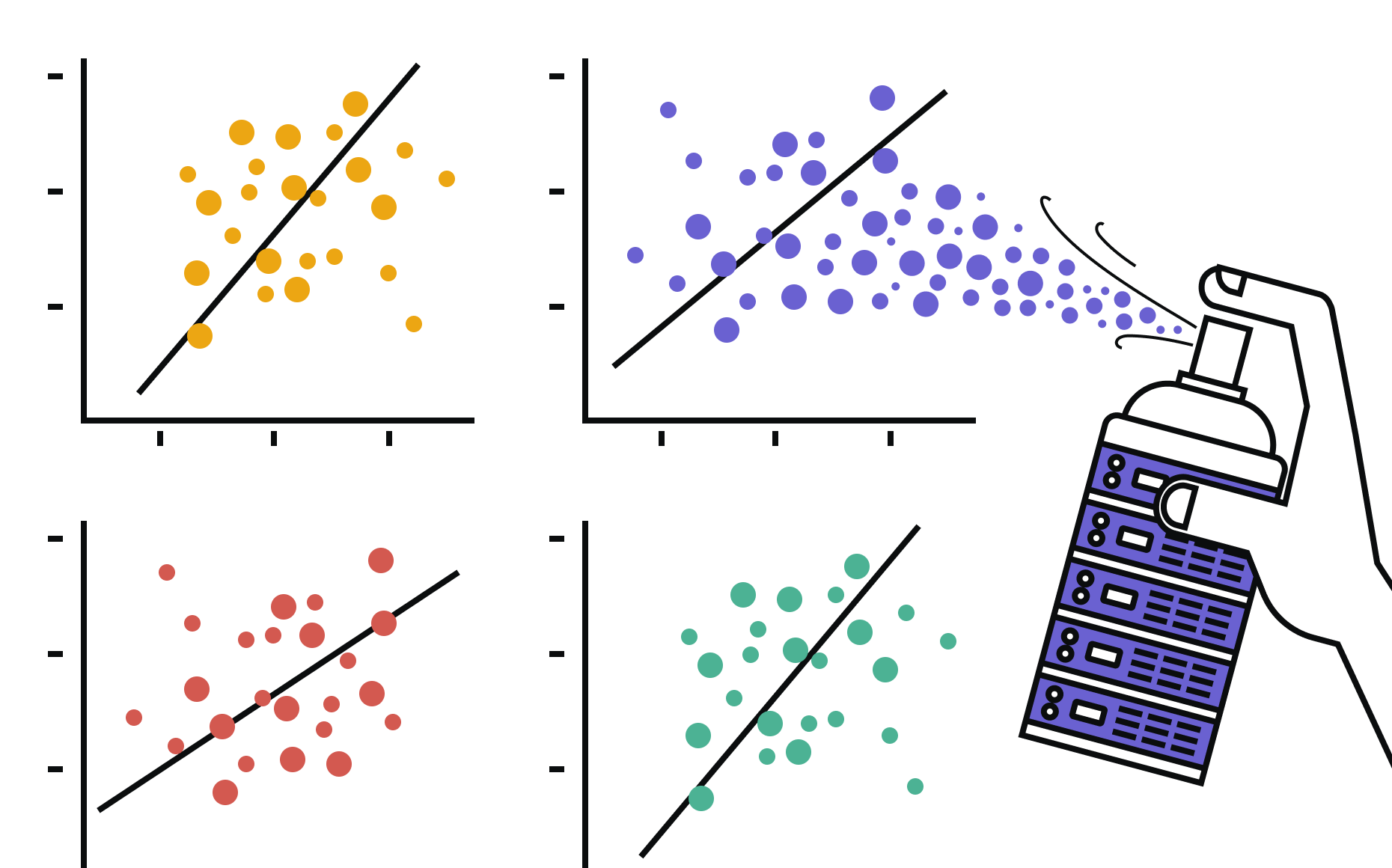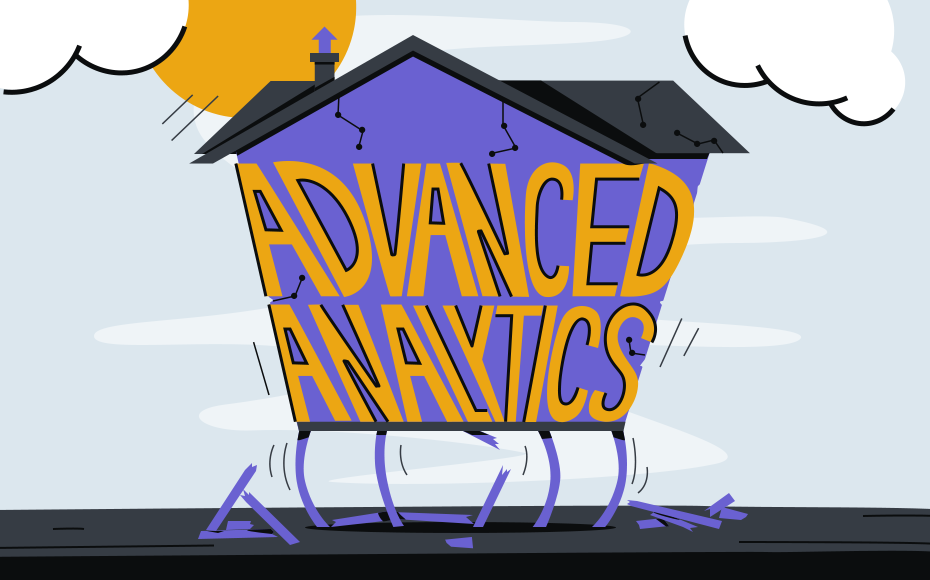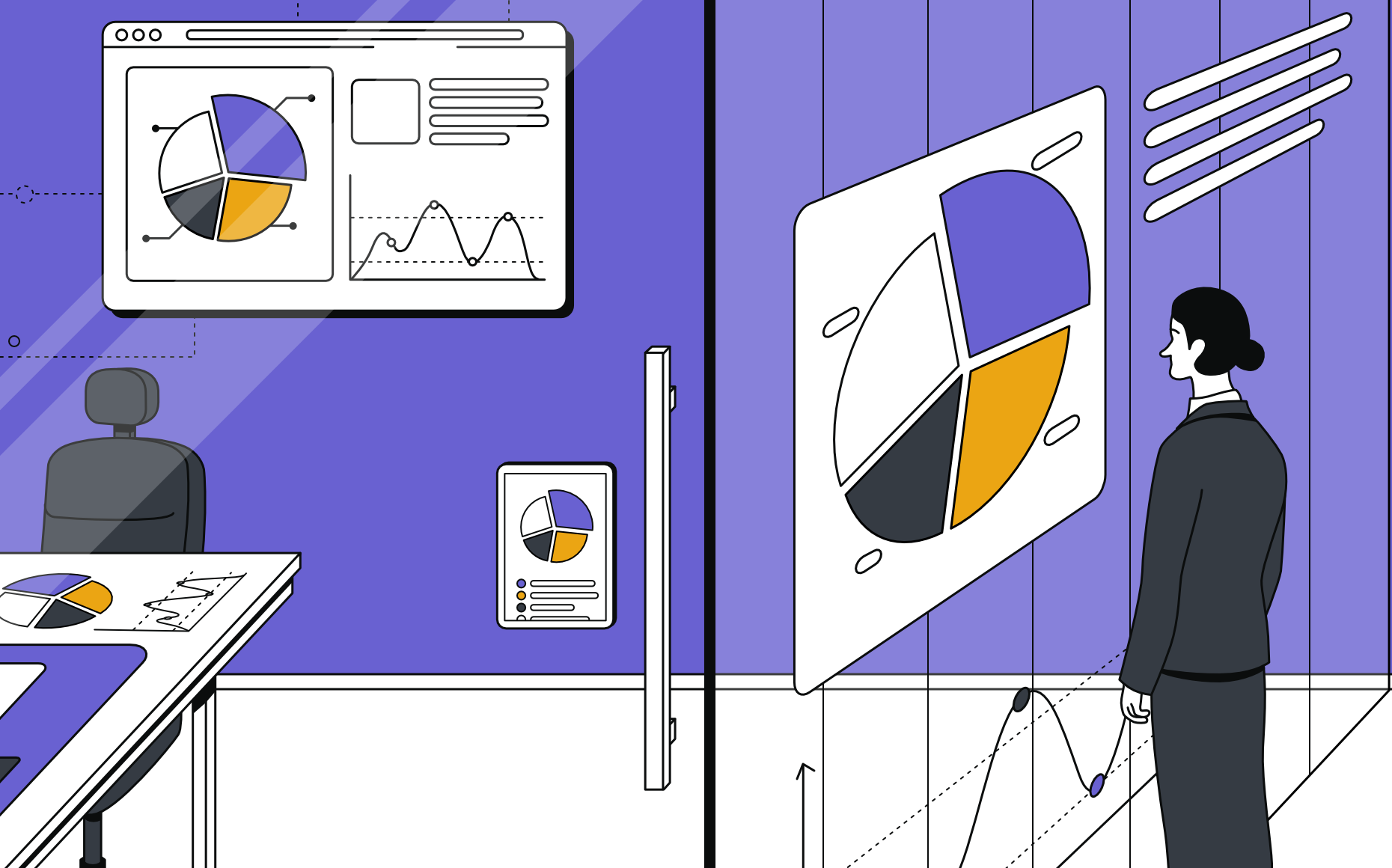The 2020s are playing out before our eyes in real time. The world is changing daily, and decisions have to happen quickly. Forward-thinking organizations can’t base course-altering moves on three-month-old data. And business users making ad hoc reports need to know they’re accessing the most accurate, current data available.
Organizations often struggle to connect data into a single source containing the most up-to-date data at hand. So it’s important that BI platforms have the ability to update and refresh data to provide real-time analytics.
Many BI platforms are disconnected from the data
Modern, agile organizations rely on up-to-date data to guide their day-to-day decisions and broader strategy. But some business intelligence platforms are built with a layer between the database and the dashboard. Instead of building analytics tools right into the database, they extract and analyze data in batches.

This can suffice for queries around historical trends, but today’s organizations operate in a fast-changing and increasingly chaotic environment. They need to know they’re working with the most current data available. In short, they need access to a platform that provides real-time analytics.
In-database BI delivers real-time analytics
The key to bipp’s approach to real-time analytics is how its analytics tools are built directly into the database. When users see a piece of data on a screen, they never have to think about where it’s coming from. What they see is exactly what’s in the database, displayed in real-time.
The phrase real-time analytics can mean many things to many people. The term that’s relevant to bipp’s approach is on-demand, real-time analytics. This means that when a user submits a query, the system guarantees that whatever is returned is real-time since the platform is in-database.
Don’t confuse real-time analytics with continuous real-time data. With continuous real-time analytics, the dashboard would update whenever the data changes, and current and historical data is integrated into business operations. No BI product provides continuous real-time analytics, since that depends on the database and isn’t just a BI problem, relying on ML and AI. Some of our clients have requested a near-real-time solution. They would like for the dashboards to automatically refresh every five minutes to reflect the latest updates, and we’ve done that. This rather subjective phrase is dependent on the vertical market using it.
Interactive dashboards show performance in real-time
Another helpful feature included in bipp are the dashboards. bipp’s dashboards are interactive. They function like data applications. Analysts can create and manage multiple dashboards and allow data filtering across multiple reports and embedded dashboards, so users can drill down in specific tiles. This allows business users to monitor and measure performance in real-time so they can make quick and accurate decisions.
The key to all of this is bipp’s in-database design. Business users are working with the most current data in the database because bipp’s analytics are built right into the database. They can leverage insights from this data to increase revenue, improve customer experience, and ultimately boost their competitiveness in rapidly evolving circumstances.
Visit https://bipp.io/request-demo/ to explore bipp’s features and learn how it can speed your time-to-insight with enterprise-grade business intelligence and real-time analytics.







